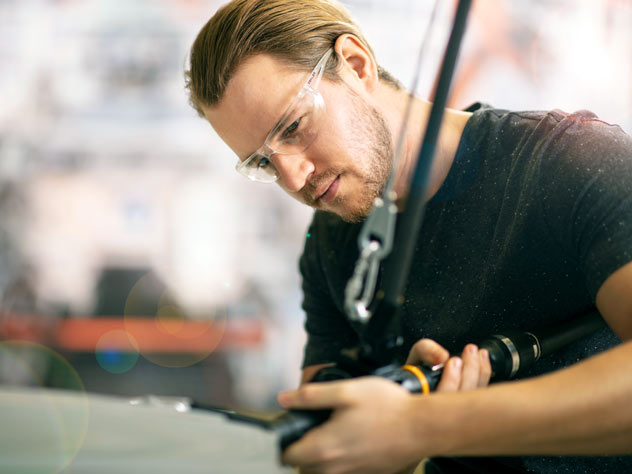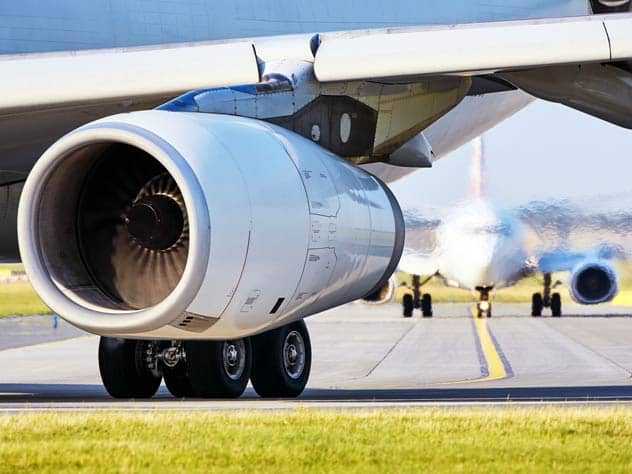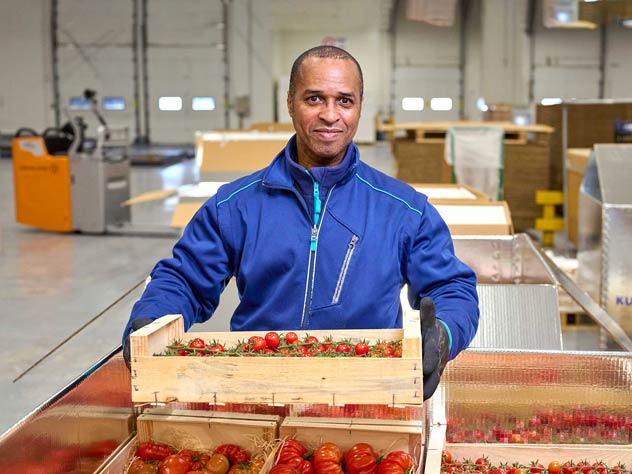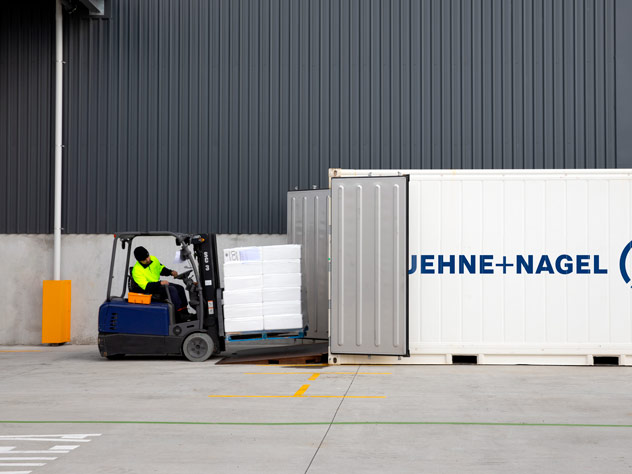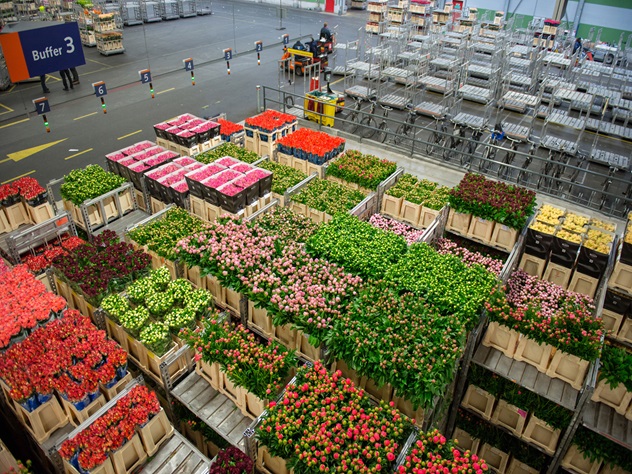Back 10 Questions with: Dr. Fabiano Piccinno, Global Air Logistics Sustainability Manager
Market Insights
10 Questions with: Dr. Fabiano Piccinno, Global Air Logistics Sustainability Manager
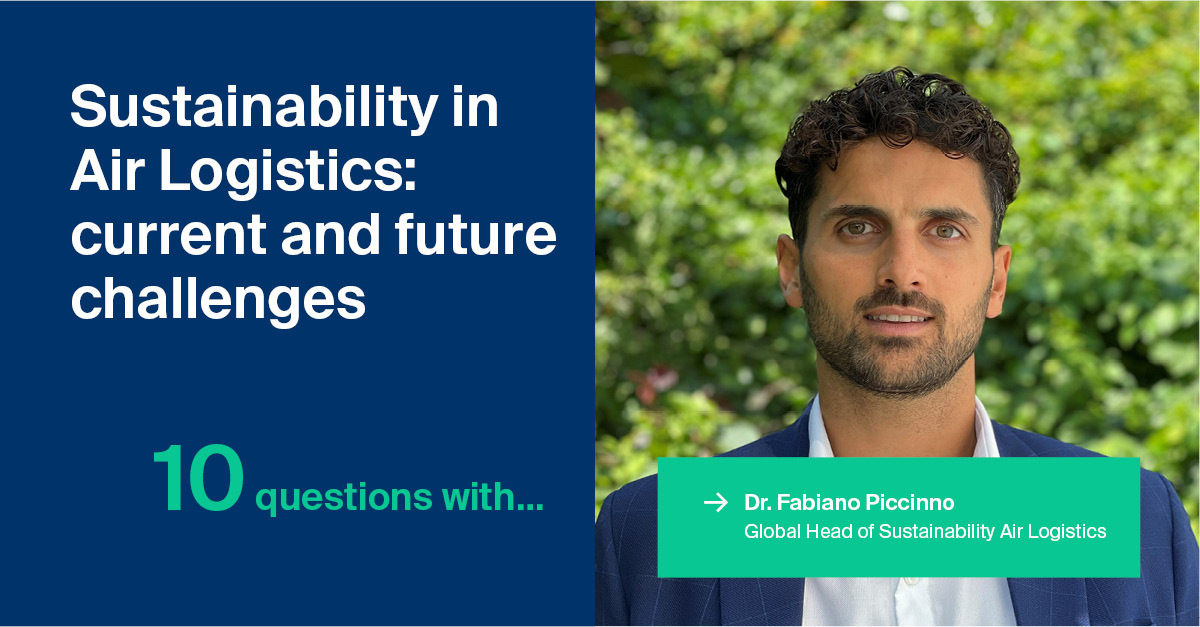
Hi Fabiano, nice to meet you. Tell us, how did you come to be in your current role? What path did you take?
I originally did a Masters in chemistry and business studies. It was during my PhD, that I got interested in sustainability. I took on an EU Commission project to develop new high-tech materials made from food waste. I was responsible for the entire sustainability assessment and developed new methods for lifecycle assessments (LCA) and working out how to optimize the commercial production from a sustainability perspective while it is still at a laboratory stage. Following my studies, I started a job at the Swiss railways in the Corporate Sustainability team responsible for the climate strategy and the ‘circular economy’.
What exactly does your role entail?
My position looks at all the topics in sustainability when it comes to air freight. This includes all the Sustainable Aviation Fuel (SAF) topics from sourcing to our entire program and how we apply it, calculate it, and then also issue it and onsell it to customers certificates. Emissions accounting is a big focus too. On the one hand for our own emissions, but also customer emissions. We’re now getting into more sophisticated carrier engagement, customer engagement and being involved in all the industry working groups or interest groups such as Smart Freight Centre.
Was there anything in particular that piqued your interest going into logistics?
The main reason for me was the scale of the possible impact my work could have in such an international and large company.
Before I took the position, going into logistics was not really on my radar. But aviation was always very interesting in terms of sustainability, because it's one of the most challenging sectors to abate. The reality is that we're not going to stop flying.
Of course, we can’t have unlimited growth and I think the same is true for aviation, we just need to do it in a different way because it has a lot of positive impacts. It is certainly challenging because the solutions are still being built and the market is slowly maturing.
What would you say is the current state of sustainability within air freight?
I think it’s starting to pick up in terms of understanding, but it's still at an early stage. There are still differences in the industry, some are very advanced and others that are just starting out, but the realisation that change needs to happen is there. What I also see is that there are considerable differences in the maturity of the topic depending on the geographical regions. Europe and North America are more advanced, while in the other regions we still need to do more educational work to stress its importance on the one hand but also to show what can already be done today.
When we look at aviation and air freight, you need to look at aviation as a whole because of how connected everything is. Aside from during the pandemic, emissions have still been increasing. Even SAF is still less than 1% of all the fuel that's produced. So, there is enormous potential to grow.
What are the challenges when it comes to mass adoption of SAF?
The biggest challenge is the ramp-up of production and adoption of the market. It is of upmost importance that the investment into new capacity starts now and for that a strong market signal is crucial. The difficulty is that it's a bit like the chicken and the egg question – someone needs to start in order to create a viable market. You need everyone in the value chain to be involved from the supplier, carrier, freight forwarder and shipper up to the end-customer. We need economies of scale to bring down the price and what will help is regulation. In April of this year the EU passed legislation called refuelEU Aviation, which mandates that the aviation fuel suppliers must supply SAF for at least 2% of overall fuels, increasing to 32% in 2040 and 63% in 2050. Government subsidies for using SAF are also able to reduce the added expense of SAF, and expanding the market, and the EU’s ETS is also helping by effectively making fossil fuel more expensive due to having to pay for the CO2 allowances.
What is the scope of Kuehne+Nagel’s SAF program?
We took a ‘whole value chain’ approach when designing our SAF program. This means we have applied principles and concepts related to the sourcing of SAF including minimal requirements and limitations, through the book and claim process, right up to the specific products offered and the calculation of the required amount of SAF and emission reductions on certificate. More exactly, we are following a direct book & claim approach as opposed to an indirect one that is often seen in the market. Direct in this context means that we only source SAF through carriers from our network that have direct access to the uplift location and we limit it to the quantities that we have transportation with them. The same is true for our customers. We are convinced that this is the right way to apply the book&claim concept.
How does the ‘book and claim” process work?
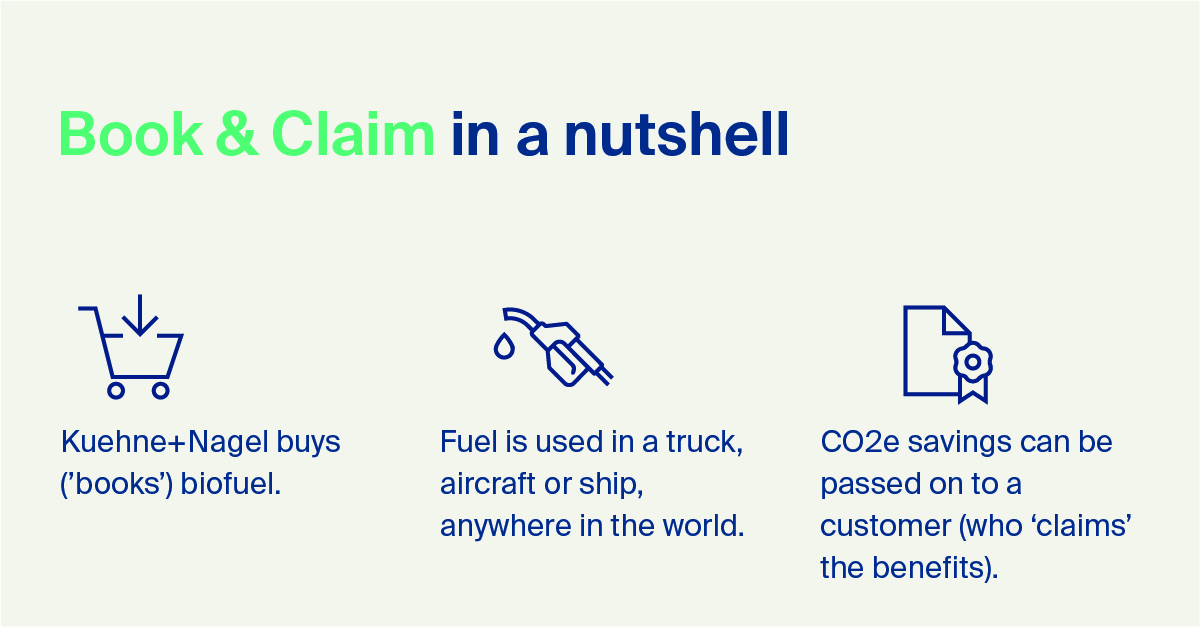
Kuehne+Nagel sources SAF through an airline (BA for example) that burns SAF and receives back an emissions reduction certificate that is 1:1 chained to the certificate of the SAF producer, that states that the benefit produced by that initiative is attributed to Kuehne+Nagel.
The Book & Claim model ensures that the record of the initiative creates a 1:1 serialized chain that allows Kuehne+Nagel to attribute the emissions avoidance “credit” to a customer’s shipment that, for example, could have been operated by Lufthansa instead. This does not mean Lufthansa will claim for any credit, because the airline entitled to report the benefit for this initiative is BA.
What is the process when a customer wants SAF?
We have developed a streamlined process for our customers to replace fossil fuels in all modes of transportation by choosing low-carbon alternatives. In air freight we offer two options for our customers to choose from: one is the retrospective substitution of used kerosene with SAF. The other is the opt-in offer to use SAF for an individual shipment that we offer on each quote we give to shippers –In both cases, the customer receives a certificate after the shipment that illustrates the reductions and allocated SAF volume together with the entire tracing of the SAF chain.
What do you think the future holds for sustainability in air freight?
It’s exciting. I think in many ways the topic is still in its infancy, so there is a lot to come and there is a lot of positive energy in the sector. However, scaling of new SAF capacities and technologies is critical and needs to start immediately. There is no time to lose if we want to even try reaching aviation’s targets. We are taking the topic very seriously and understand our role which is why this is a focus topic for us.
But also, other topics like non-CO2 emissions is something that is starting to gain traction. Several airlines were downplaying it previously but now they're starting to acknowledge it. How they will be measured and included is still difficult to say but at least it's becoming a real topic. This shows that the industry is becoming more honest and transparent about sustainability which is key. And as I said, the potential is huge.
What’s your favourite part of the job?
I have a high intrinsic motivation when it comes to sustainability which is why I want to develop solutions that make sense from a sustainability perspective. The favourite part of my job is about being able to shape the future, to have an impact, to do something that helps on a global scale. I work with customers and carriers and even within the company all over the world, and the solution is not always the same, nor the background behind how to approach it. But mostly it's about being able to work on solutions with peers as well as the entire value chain - even with competitors - towards a common goal.



